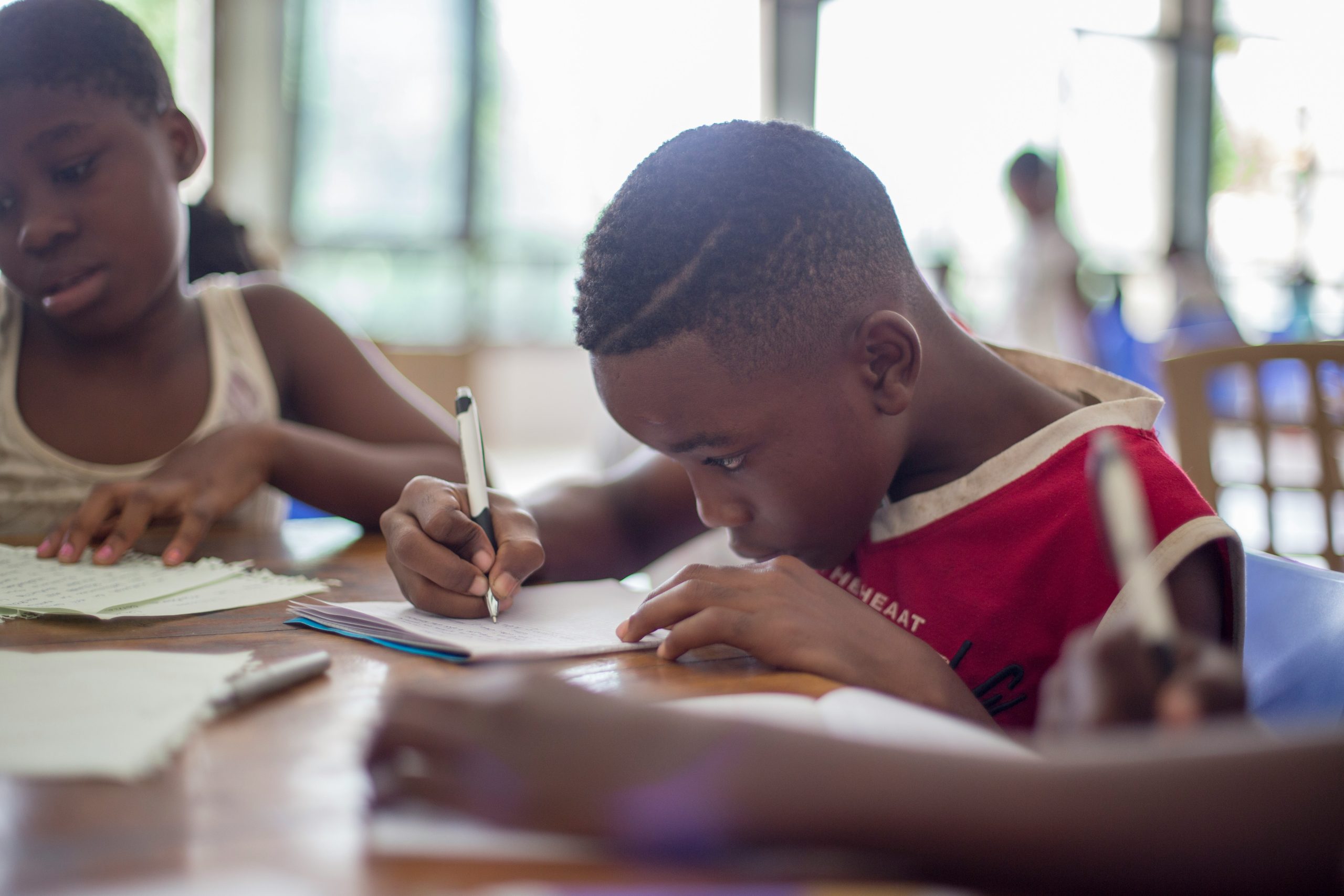Editor’s Note:
Kulcha columnist Coleen Douglas, marketing lecturer at the University of Technology, returns with more hard-hitting insights in the aftermath of Hurricane Melissa, this time, on education and the fate of the nation’s most affected children.
Some schools began reopening on Monday, November 3, 2025, with students returning in parishes outside of Western Jamaica. The University of the West Indies announced a return to online classes on the same day. Edna Manley College of the Visual and Performing Arts has opened, while the University of Technology has suspended classes until further notice.
Meanwhile, the President of the Jamaica Teachers Association has criticised the Ministry’s decision to reopen primary and high schools in some regions. Reopening schools after a disaster like Hurricane Melissa is not a simple administrative decision — it’s a step toward restoring life itself. Children gathering in communal spaces, playing, and laughing with friends mark more than a return to academics; it is a vital part of their emotional recovery.
School As Sanctuary
For many young Jamaicans, school is a sanctuary: a haven from abusive homes, sometimes the only community they know, offering a sense of belonging and hope. Education has long been a ladder out of hardship, and the classroom a place of possibility.
Yet teachers, too, may be struggling. Many are picking up the pieces in their own homes and communities and may not be in the frame of mind to teach. Children in less affected areas may be traumatised, distracted, or unable to focus. A phased return, sensitive to the realities of each parish, might have served the nation better. Additionally, many school buildings double as shelters: furniture and supplies are damaged or gone; teachers are displaced, and parents are still trying to piece their lives back together.
Schools As Community
Even in such circumstances, schools serve a crucial role beyond academics. They provide routine, reassurance, and a sense of normalcy. They are spaces where children can talk, draw, sing, and begin to heal. Teachers, often unsung heroes, quietly hold together the emotional fabric of classrooms while grappling with their own losses.
As Jamaica faces one of the most devastating disasters in recent memory, thoughtful and compassionate action is essential. Here are three steps that could support a safe, effective reopening:
- Utilise existing community spaces: Open churches or other standing buildings as temporary learning centres, particularly for older students. Coordinate transport using rural school buses.
- Create temporary schools for younger children: Maintaining their daily routines helps restore a sense of stability and normalcy.
- Provide mental health support: Students may be anxious, grieving, or struggling to process their experiences. They need gentle reintroduction, understanding, and safe spaces to express themselves.
These are not mere logistics but lifelines.
Our resilience has always been rooted in our people and how we show up for one another. Volunteers will be essential to adopt these makeshift schools, supply safe learning spaces, and assist with counselling sessions. A reliable food distribution system is also critical to ensuring children receive proper meals.
By rebuilding schools with foresight and prioritising the emotional well-being of children and educators, we can restore the rhythm of childhood for young Jamaicans. Each child who picks up a pencil again is proof that, though battered, we remain unbroken — and still believe in tomorrow.
About the Author
Coleen Douglas is a marketing lecturer at the University of Technology, Jamaica, and founder of Reggae Rituals, where she curates cultural events and facilitates discourse on reggae and culture.
A seasoned publicist and acclaimed communications specialist, she is a notable fixture in the cultural and creative industries, working across education, media, and the arts to shape conversations on identity, equity, and cultural policy in Jamaica, the Caribbean, and beyond.

